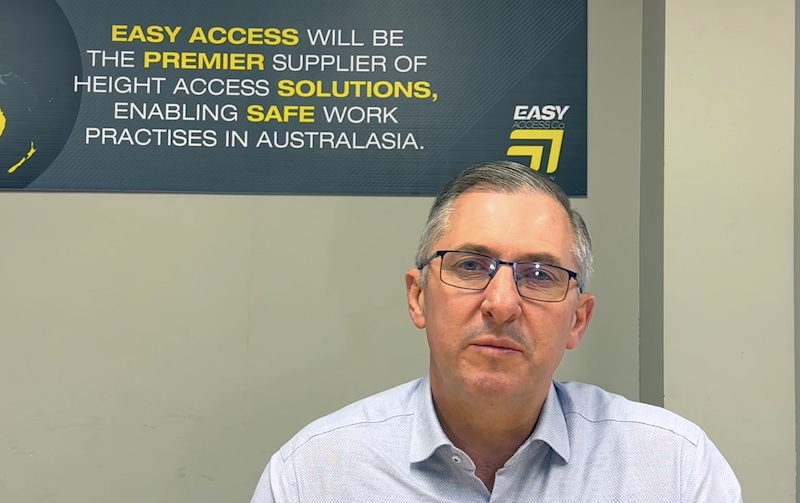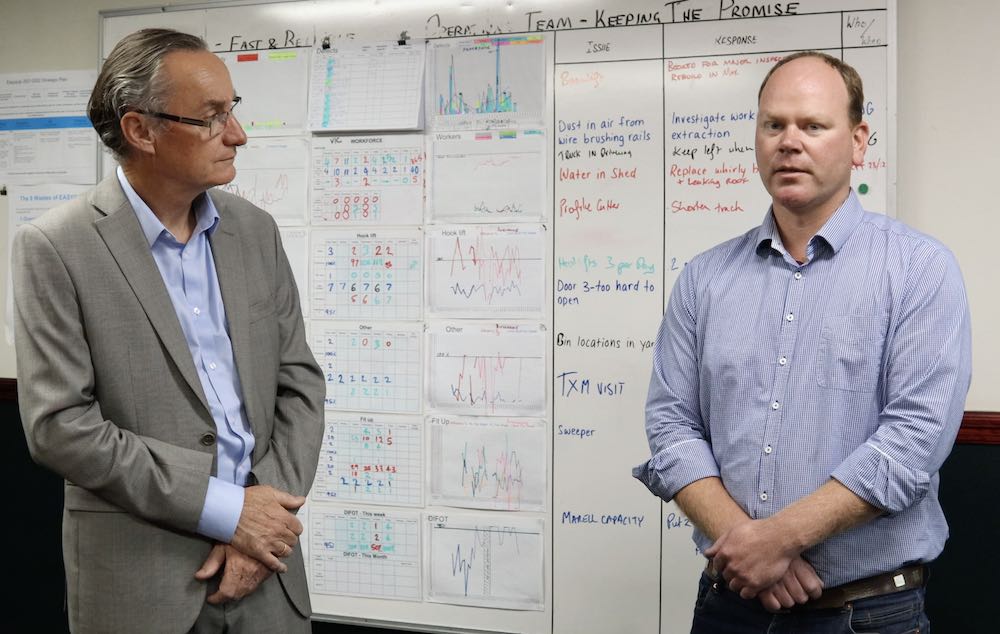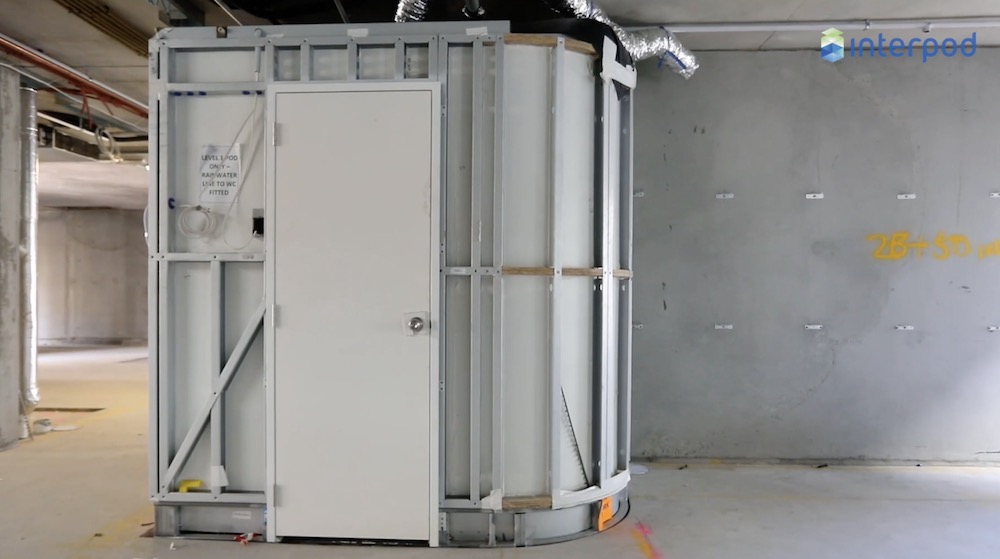The Advantage of Right Sized Equipment
When a manufacturing business starts along the Lean journey, we focus on streamlining the production processes by reducing waste and improving flow of product. After these initial gains are implemented and sustained we can truly understand the capacity in the factory. If our workload continues to grow, there will be a point where new equipment is needed. Looking at new capital equipment with a Lean eye will make sure your new equipment will compliment your Lean production system and not work against it.
To introduce new equipment into a Lean Production System, we need to understand our product value stream which shows how we add value foam the customer’s perspective at each step of the way. Then we can consider where our capacity constraints are; this focusses us on what type of new equipment is needed.
Now we can focus on the transformational steps that occur to our products at that point in the value stream. Are we drilling holes, machining features or welding? With right sized equipment we want to understand each of these smaller steps in the process. The we can consider the simplest piece of equipment to assist the current process.
An example:
If we have a 6 axis CNC mill that takes over shift to complete a batch of parts (we are assuming that setup reduction has been implemented and is monitored and our batch sizes optimised). When we understand the three main processes on the mill (mill flanges, mill edges and drill holes) we can consider moving the drilling operation to another piece of equipment; a “right sized” piece of equipment. This will allow us to complete tasks in parallel and still keep the value stream moving, usually for less initial capital cost,smaller footprint and with the skills you already have across your team.
Alternatively, if we decide to duplicate the 6 axis CNC mill, there are many other factors to consider; the initial cost, cost of maintaining another big machine, skill operators to run it and duplicating a monolith’s footprint.
During the investigation stage, you may also consider conducting a desk top simulate of your value stream. This will help everyone visualise how the new equipment will effect the overall value stream. We need to make sure we don’t create bottlenecks down stream by increasing the capacity of one point by a large factor.
So next time you are deciding on new capital equipment, make sure you are wearing your Lean hat; analyse your values stream, ask “why” 5 times and think outside the box.
For further reading on right sized equipment, here is an interesting article about Boeing’s right sized equipment approach.




